The Axolotl: A Cut Above The Rest – Science Friday/Christian Baker (2016)
Tissue regeneration is a fascinating biological subject. Many invertebrate organisms such as crabs, starfishes, sponges, jawless fish such as the lampreys and planarian flatworms can regenerate body parts. Among the vertebrates salamanders, especially the axolotl is a legendary study species for biologists. The axolotl is a highly endangered Mexican salamander with a fascinating ability to regenerate. Curiously, although both are amphibians salamanders can regenerate but frogs cannot. Comparison of such contrasting groups is particularly useful in understanding organ and tissue […]

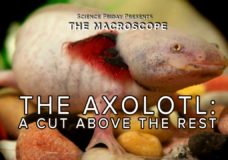

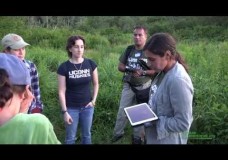

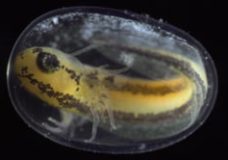

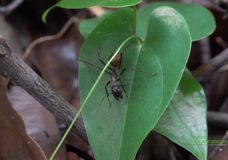
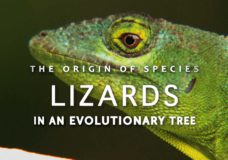
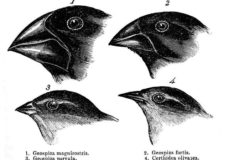


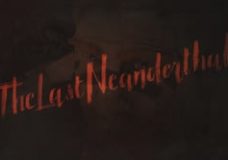
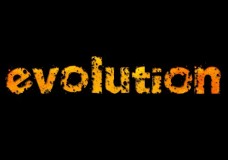

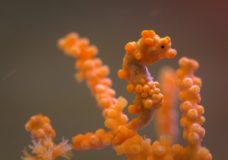

Recent Comments